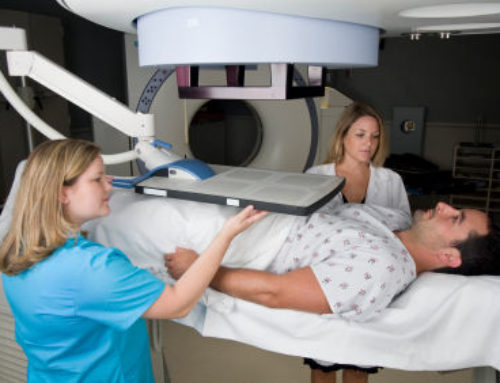The week one waits to hear the results of their prostate biopsy is probably one of the longest weeks in their life. Many questions are going through the mind. Do I have cancer? What can I do about it? If I have cancer is it going to kill me?
It is the job of your Urologist to explain in detail the results of your biopsy. Most Urologists perform twelve biopsies, one in each of twelve areas within the prostate.. While over 99% of prostate cancers are adenocarcinomas (meaning they originate in the glands of the prostate), prostate cancers can be very different in their behavior. Below are the important items you should learn from your biopsy report.
1) How many of the biopsies are positive for cancer (1-12)
The number of positive biopsies will give an indication of how widespread the cancer is in the prostate. Prostate cancer is multi-focal, meaning it can be located in several different areas of the prostate as opposed to being in just one location.
2) What percentage of each positive biopsy is actually cancer (<5%-100%)
The volume of cancer per biopsy is very important. Having a small volume of prostate cancer has a much more favorable prognosis than a large volume of cancer. The combination of the number of positive biopsies and percentages will give an indication of the total volume of cancer within the prostate.
3) What are the Gleason scores?
Each biopsy that shows cancer is assigned a numeric Gleason score (2-10) that is the pathologist’s indication of how aggressive the prostate cancer looks under the microscope. The lower the Gleason score the less aggressive the cancer. A Gleason score of 2-5 represents a very slow growing, or non-aggressive prostate cancer. A Gleason score of 7-10 represents a very aggressive prostate cancer. The majority of prostate biopsy contain are Gleason 6’s, representing a prostate cancer that is not particularly aggressive. Different cancers within the same prostate may have different Gleason scores. The Gleason score is extremely important in planning treatment.
Once you have the above information it is time to decide what to do for treatment of the prostate cancer. Treatment can include active surveillance or watchful waiting; total removal of the prostate with an operation; placement of radioactive seeds in the prostate; or an eight week course of radiation treatments. Treatment options will be discussed in detail next month.






